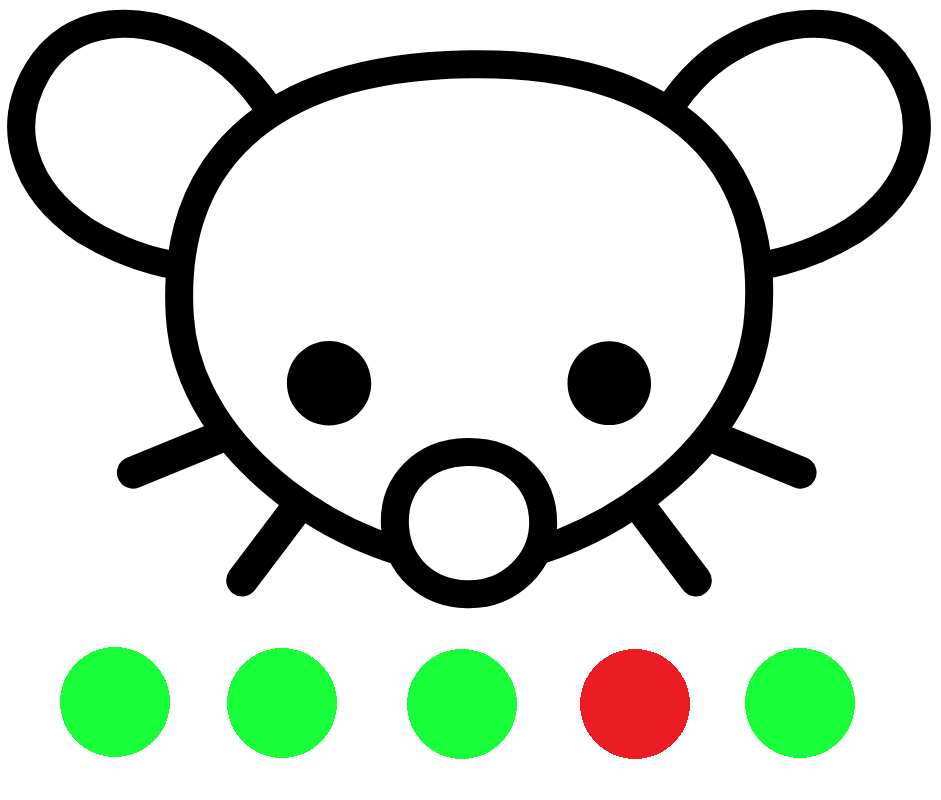

I got super lucky, someone created a restart policy for Podman just a week ago. It works without changing anything to my docker-compose.yml files, as long as the file states restart: always.
Following Alpine’s Wiki to install and setup Podman followed by the instructions on this Github Repository and everything works quite well on Alpine Linux.
I’ll have to play around with Podman some more and give it time to see how it holds up, but so far it seems promising.




I’ve finally figured out how to install frogcomposband in a docker container. It’s a fork of a game called Angband that’s played in a terminal window. Angband itself has a long history. Somewhere around 30 years if I remember correctly.
It’s setting is closer to lord of the rings but it has the insane complexity of a pen and paper, dungeons and dragons type game. A huge amount of races and classes to play and even the option to play an impressive amount of different monsters or enemies.
I think what I’m enjoying about it is that the graphics are just coloured numbers, letters and symbols. The playable character is just the @ symbol. It leaves room for the imagination to fill in the blanks which feels very calming.
When I was going through my Baldur’s Gate phase, I noticed my brain was in complete overdrive after playing a session. I think processing the crazy details in that game was too much for my brain.
Now when I shut off the game I’m not overwhelmed and I still get my role playing game fix. It’s nice.